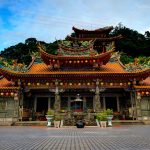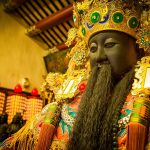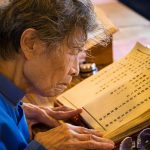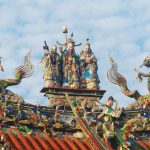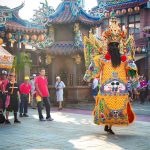Cultural heritage is a product of our civilizations, what we have received from them, and how it continues to make a difference in our lives. Heritage is an inheritance, and cultural heritage is the inheritance of the customs and behaviors, influenced by the arts, literature, dance, music, etc. that are a creation of our predecessors that kept them connected, giving them an identity to live with forever. Cultural heritage is an amalgamation of tangible and impalpable features, which are born out of needs of a particular period, in which some continue to thrive, and others gradually fade away.
Taiwan, a southeast Asian island nation located right of China and above the Philippines, is known for its abundant organic and cultural beauty. Beauty is found in nature and reflected in the people of the country. Talking about culture and Taiwan, the two go hand-in-hand. Taiwan is built upon a rich legacy, endowed with supreme traits still followed today with the same discipline.
Erstwhile Cultures which continue to shape the Taiwan of today
Temples
A country with a vast past, temples are ubiquitous in Taiwan, with over 15,000 majestic temples present. One can easily find them at almost every corner or prominent junction. Gods and demons are equally respected, and it can take an entire lifetime to visit all. Temples were marvelously built, and each has a unique story to it. Almost every possible god of nature has a temple to their name telling their chronicle, and each is deeply revered. Temples are an inevitable part of the cultural heritage, from which other aspects grow.
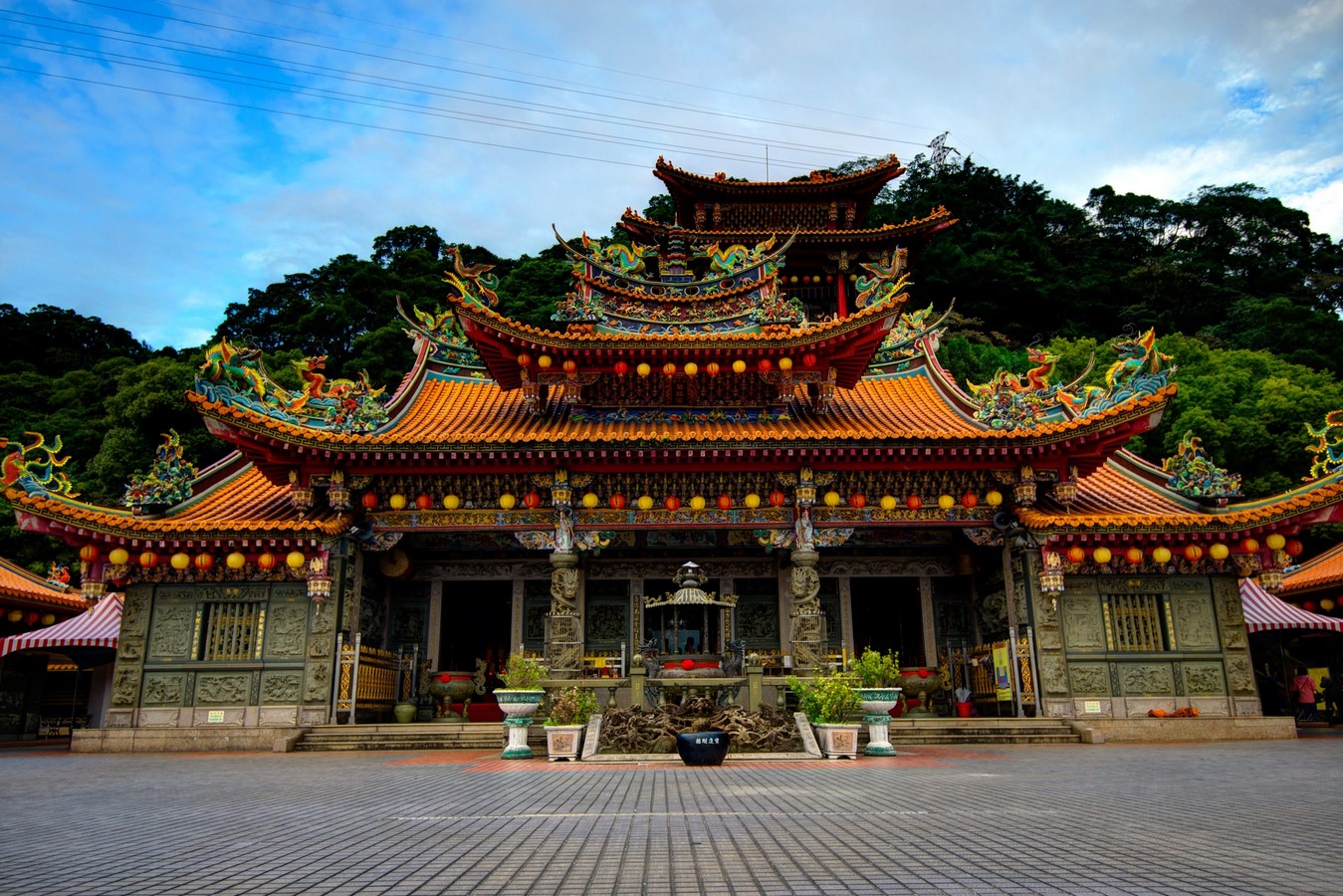
Every place of worship preaches compassion, mercy, and kindness. The followers chant prayers and try to tread on the path of peace. The use of instruments, metals, and wooden materials in the making and the employment of the colors red and gold, all add to radiating pureness. It is possible to lose in the charm of these holy places, intricately designed and carefully thought out. Millions of pilgrims throng the temples each year, only to be taken by surprise by the breathtaking architecture that has stood for years and will continue to.
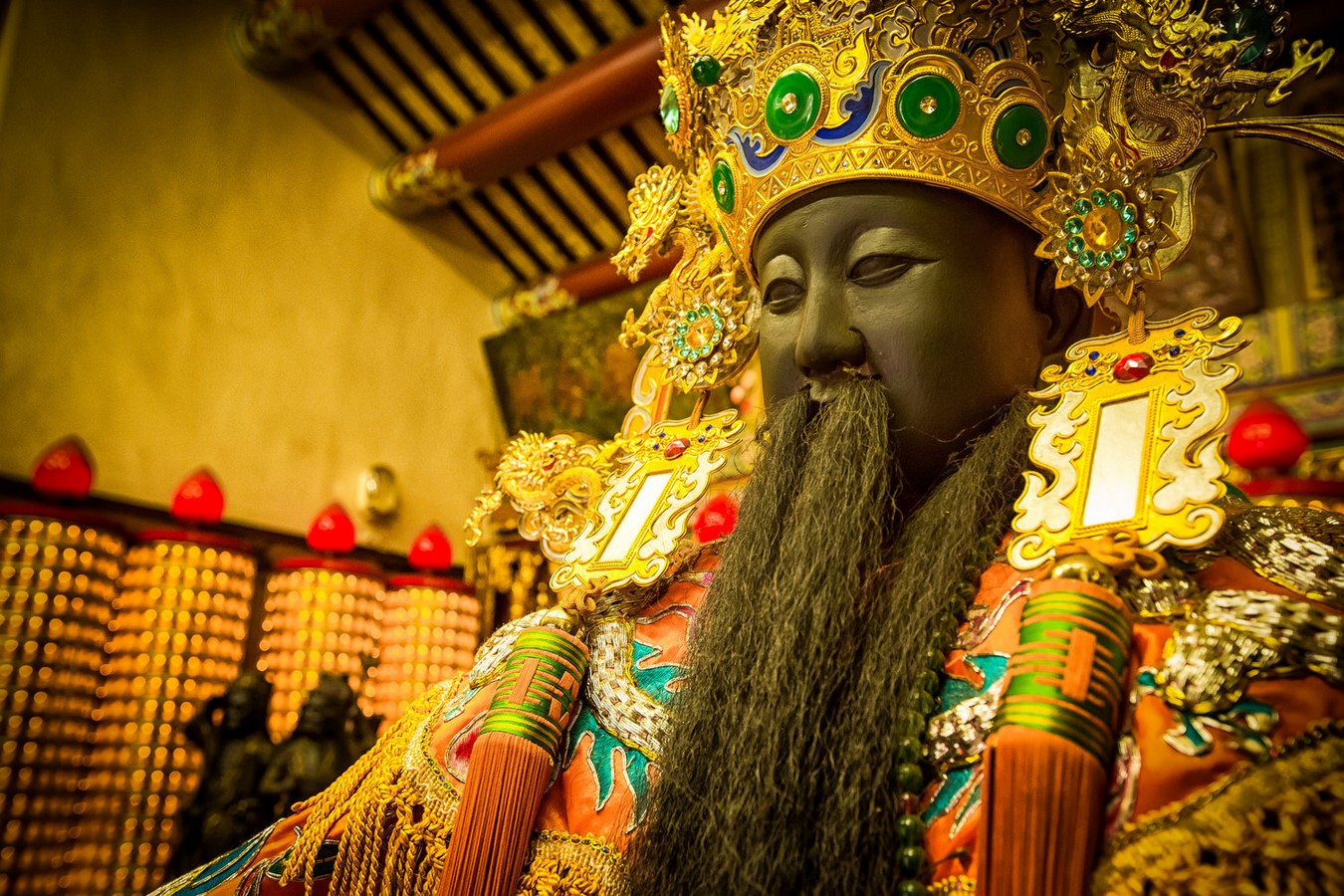
Books
Another way of looking at the cultural heritage of Taiwan is by experiencing it through books written centuries back and are still read by scores of people today. These books elucidate many aspects of history and become guiding lights for the citizens. Found in temples, national libraries, and many homes, these hold the key to the old but not-forgotten facts about people and their lifestyles. Steadily it is becoming a part of handing over the cultural legacy.
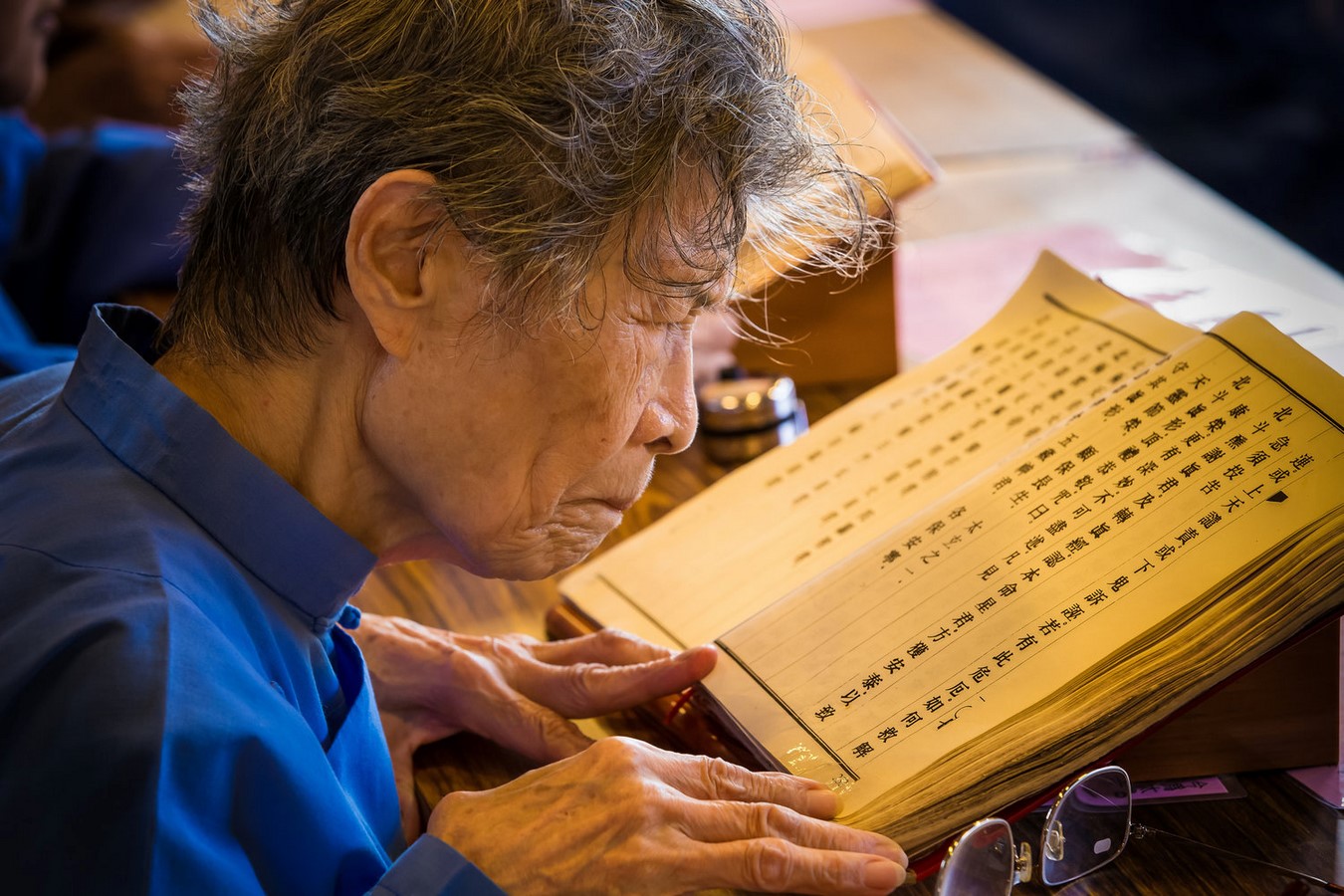
Combat sports
Life during the olden times was uncertain, with civilizations ravaged by foreign armies. To keep themselves safe many techniques and skills were developed as a form of defense, giving the people an edge over their enemies. Slowly and surely it gave people a way to live and take care of their families. With time, these skills came to be known as martial arts. Used for combat formerly, now these techniques are used as unarmed exercising. Due to their invaluable health benefits, martial arts are practiced and equally taught. What started as a cultural self-defense system has now morphed into a widely revered sport.
Statues
Almost all cities in the world have statues of well-known leaders who have shaped the dynamics of their respective countries. Taiwan is no stranger to this. There are ample of them present, not just gods but also national military leaders who have strengthened social ties and given identity to the nation. These statues depict the tales of former Taiwanese warriors and military leaders for their bravery and charisma.
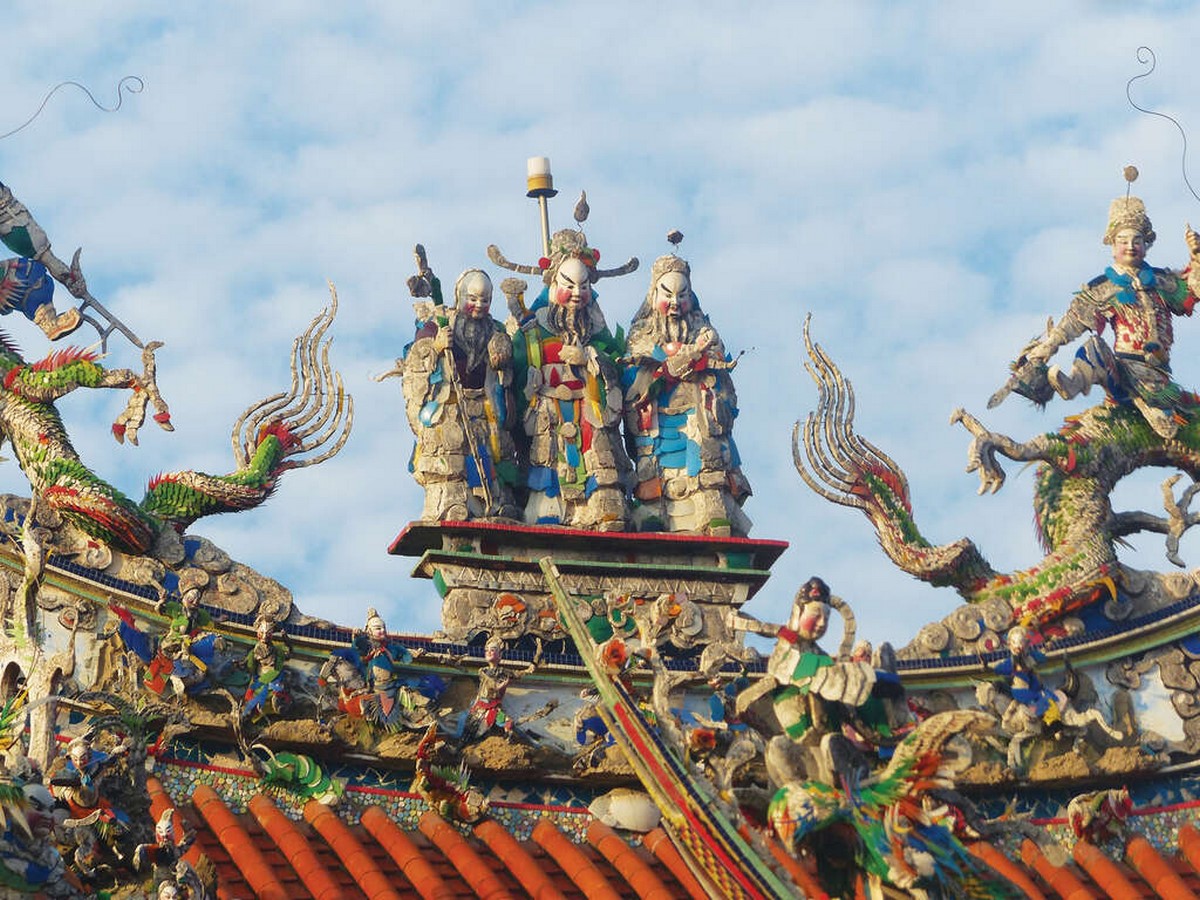
Art Forms
Taiwan is known for its musical and cultural history, and instruments are its lifelines. Ceramic ocarina is a hand-painted vocal instrument, commonly found in narrow lanes. The voice of the music is serene and captivating, making one aware of Taiwanese musical antiquity.
There are annual parades organized on the streets to showcase the culture of Taiwan. Taiwanese opera, acrobatics, puppetry, etc. are all traditional art forms, exhibited with abundant enthusiasm. Puppetry is another distinctive specialty of Taiwan, using hands to create a story. It portrays characters that were part of the wars or other popular historical events. The costumes used on puppets are very colorful and eye-catching. It is a growing tradition with many studios practicing this art form. Glove puppetry shows are very popular and widely admired in Taiwan. These forms of art continue to prevail, luring many visitors and encouraging tourism, and spreading joy.
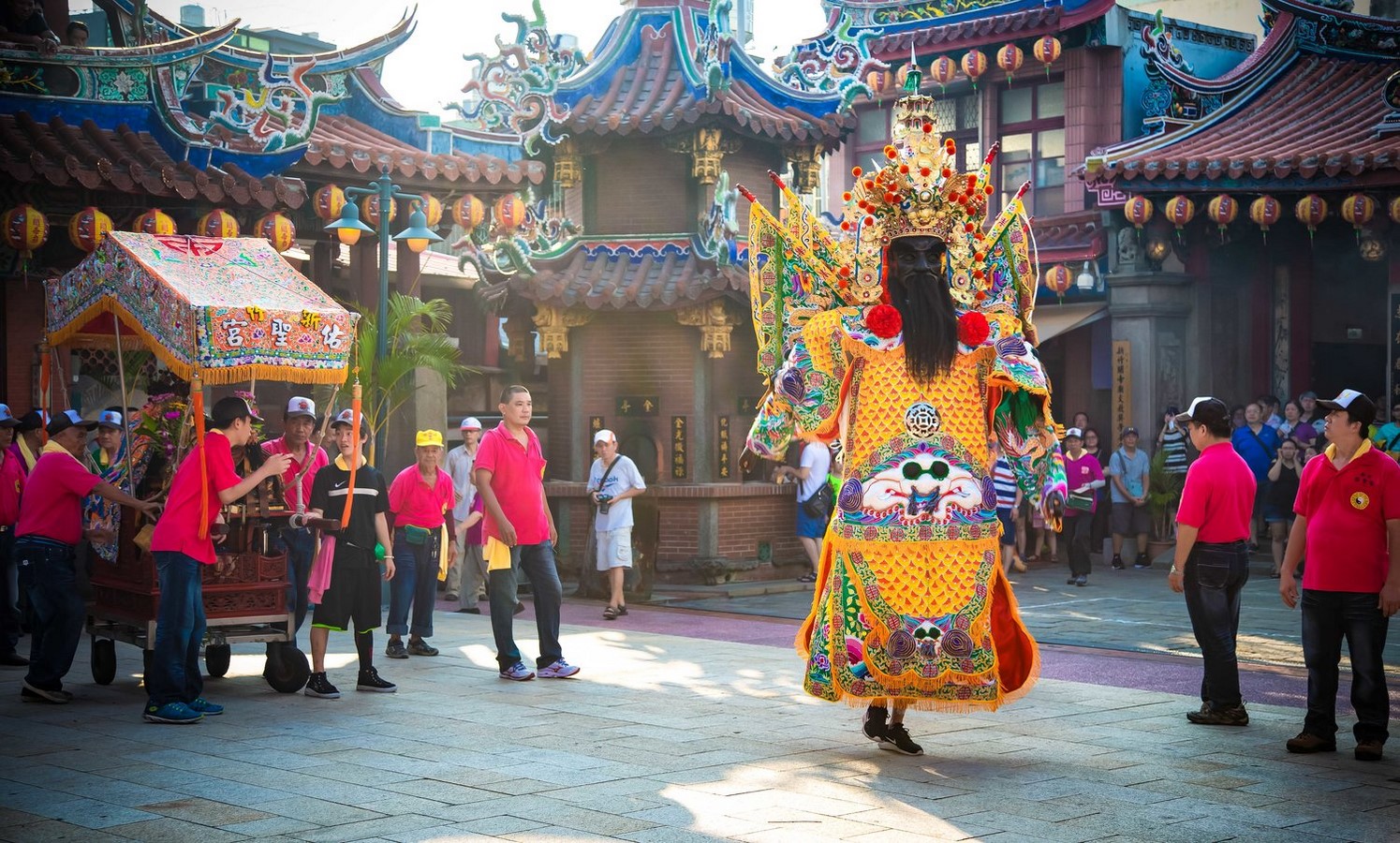
Food and Nourishment
The food culture is very idiosyncratic to the people of Taiwan. Treading along the lines of their ancestors, eating habits are still followed today. Along with a basic diet, there is an emphasis on herbs that are medicinal in properties. These herbs hold immense value and are known to heal people naturally. Some stores also show how these herbs are prepared and ways in which they can be ground and made, to unleash their full potential. How one uses their hands and even legs to produce the right taste and the tools used in the making. These are habits that were created for self-care and as a defense against diseases, helping one remain healthy with its benefits still available for the one who follows. There are cultural centers that also teach how to cultivate grains in the right way using nature and natural materials, even in modern times. To support this industry there was another popular culture of papermaking, which is still active today.
Final words: Architecture of Taiwan
Taiwan has evolved and how! One way to determine this is through the architecture, which is powerful and a witness to the dynasties that have ruled for decades and centuries. The architecture of Taiwan is thoughtful, respecting the climate, with the Ideas and techniques that have been brought forward. From monumental castles and temples to skyscrapers, one aspect mutual among all is the consideration of the conventions of the people. Modernity is contrasting with the ancient history of Taiwan but the buildings are inspired by the traditions and beliefs of the past, not letting them fade.
Public spaces have since the start been a vital cog in keeping the community cohesive. The design of public spaces and their use were done in a particular manner, back in the day, to fend off enemies. Even the use of tiles on streets had a meaning, and nothing was done without a purpose. Taiwan’s mountains and national parks continue to dominate the natural architectural landscape and are lush and dense with diverse flora and fauna. These hills and peaks are known to be a symbol of harmony and joy, scaling thousands of meters from under the sea, kissing the clouds, and blurring the lines. Today, these remnants have become a portal to the tales of the days gone by, but they continue to bring people together.

References:
- www.youtube.com. (2020). Taiwan Documentary – The Beauty of Taiwan (2020) – Music and Culture Full Documentary. [online] Available at: https://www.youtube.com/watch?v=mQku6EY8rv4 [Accessed 14 Jan. 2023].
- www.youtube.com. (2022). Preserving and Promoting Taiwanese Cultural Heritage: Come Away with Me|Ep. 3|TaiwanPlus. [online] Available at: https://www.youtube.com/watch?v=lp-1d1yktcI [Accessed 14 Jan. 2023].
- Life of Taiwan (2013). Taiwan’s Culture and Festivals | Life of Taiwan Tours. [online] Life of Taiwan. Available at: https://lifeoftaiwan.com/about-taiwan/culture-festivals/.








